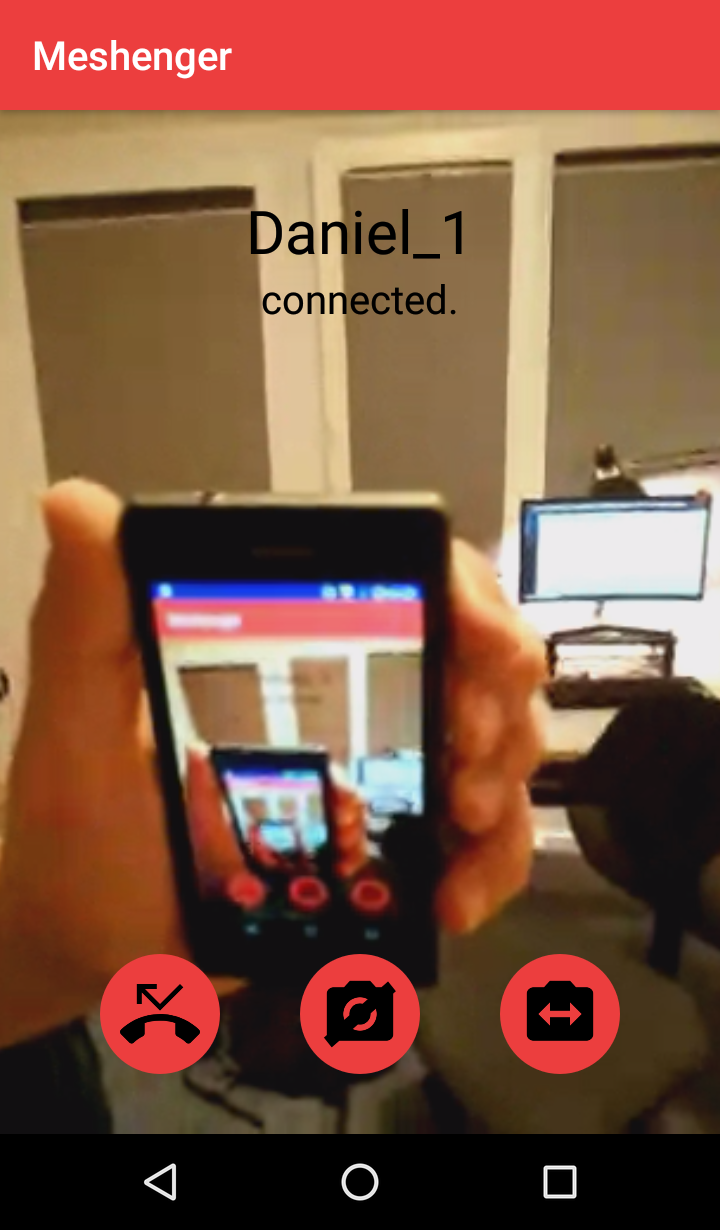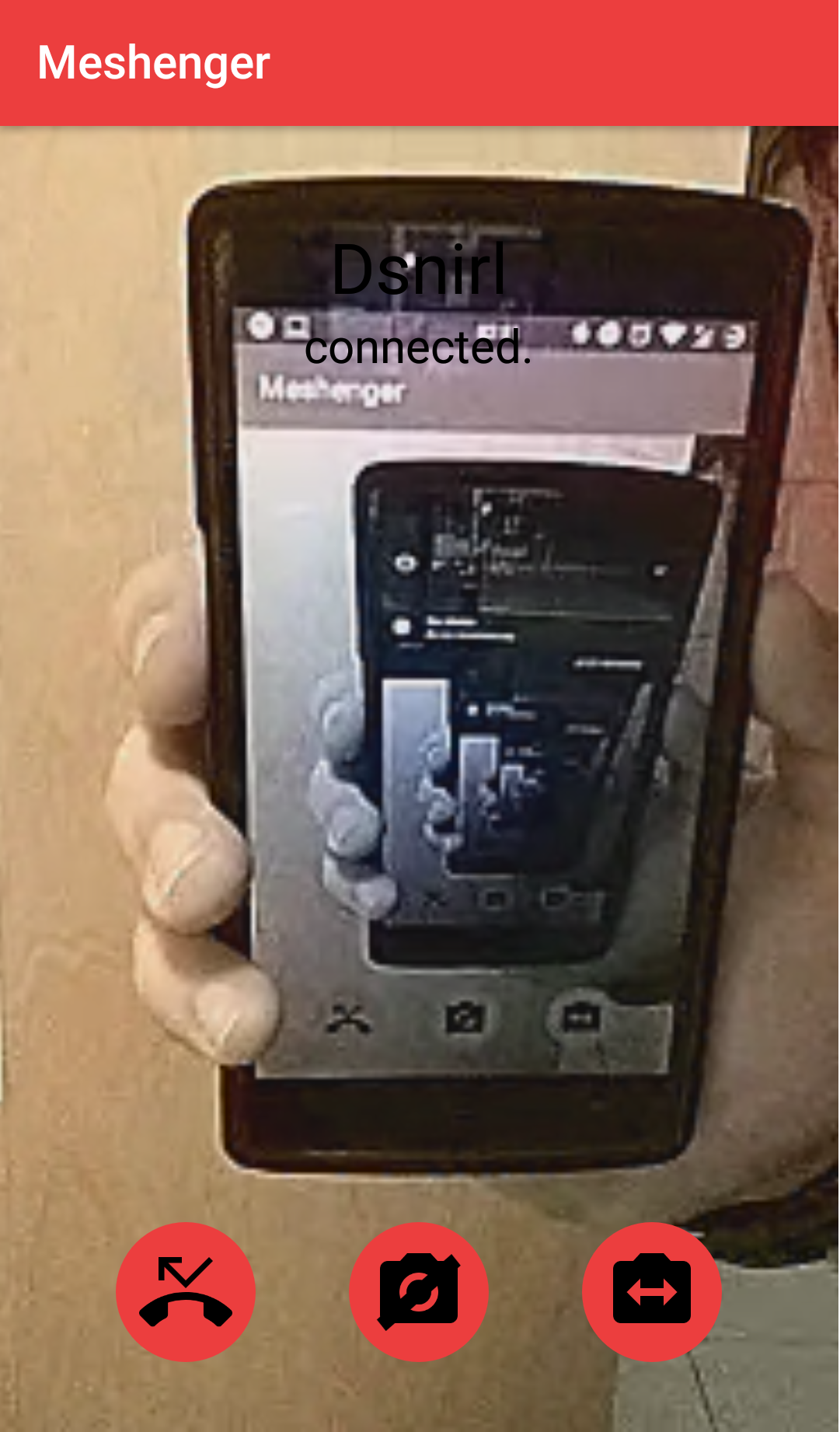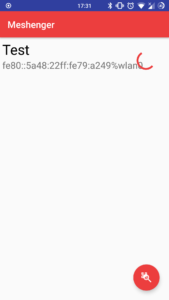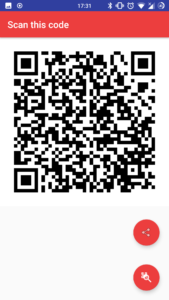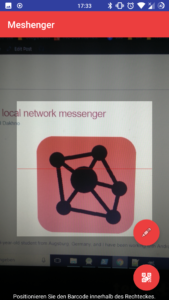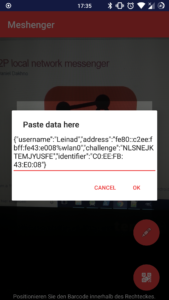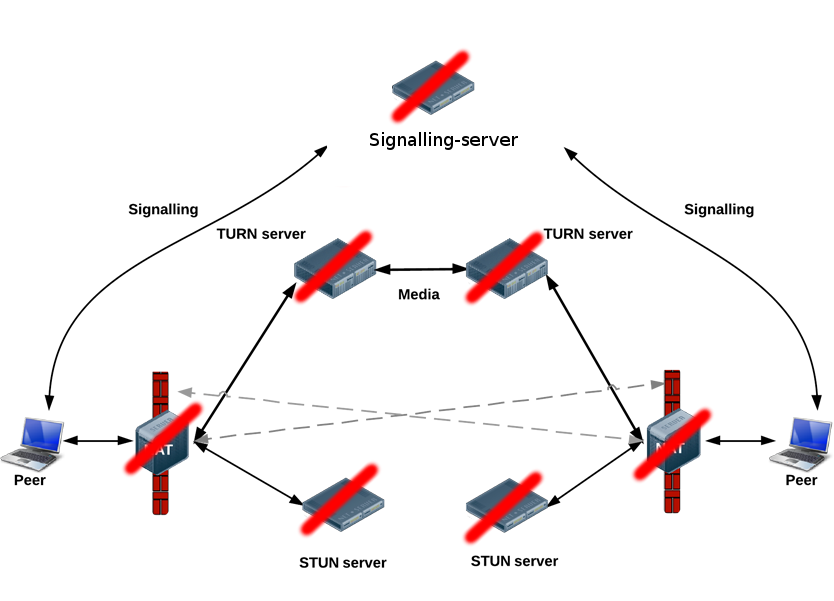![]()
Meshenger is meant to be an open-source, P2P audio and video communication application, that works without centralized servers, thus without a connection to the internet, does not need DHCP servers and can be used in LAN networks such as Freifunk community networks.
It was brought to life to demonstrate the use of such networks other than simply internet access as well es to discover the decentralized use of WebRTC in conjunction with IPv6.
I spent the last few weeks polishing and improving my project, getting it to a usable and stable state.
An APK with version 1.0.0 can be found here, as well as the whole source code.
In the last month i fixed a some bugs, like a wrong serialization of IPv6 addresses, making a phone ring even with the screen off, preventing duplicate contact entries, prevented the app from freezing and some more.
Of course, the app gained some new features, including a ‘settings’ page with the language, the username etc., additional information for each contact, a possibility to share contacts through third-party messengers or a QR-code, ignoring calls from unsaved contacts and several more.
Oh, and if you suddenly dislike someone, you can now simply delete him.
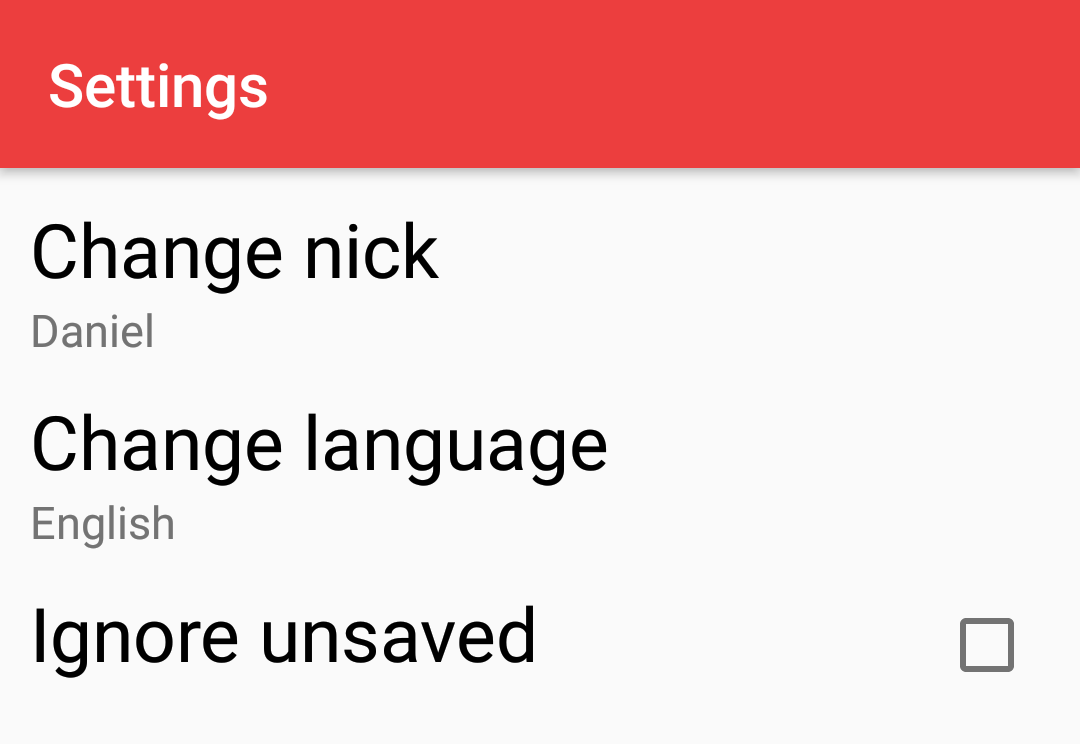
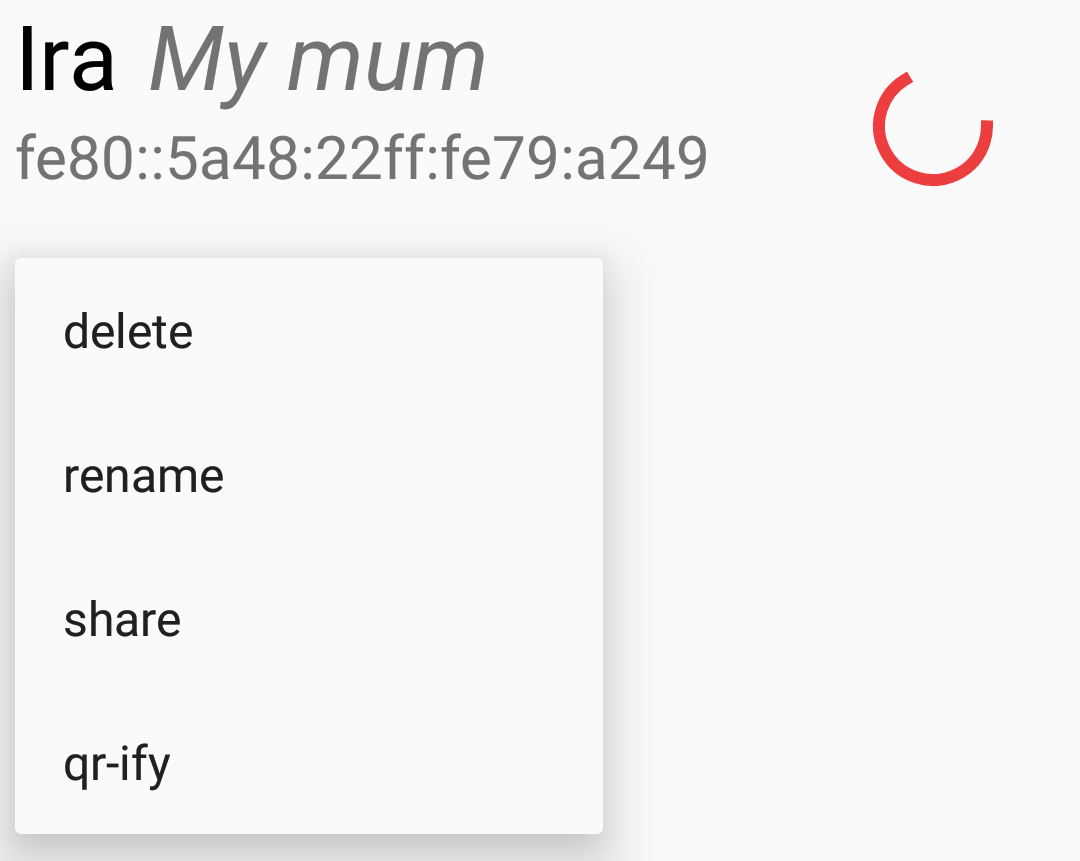
The app now has an ‘about’ page containing some meta-data about Meshenger as well as the license:

I extraced a lot of hard-coded strings in order to make it easier to translate the app into different languages.
As of now, it is planned for the future to implement profile photos, file transfer and asynchronous messaging.
All in all, i would conclude that Meshenger was a successful project and reached most of its goals.
It gave me the chance to dive into new subjects and learn a lot about VoIP and IPv6 as well as get to know the Freifunk community and learn about other interesting ideas.
